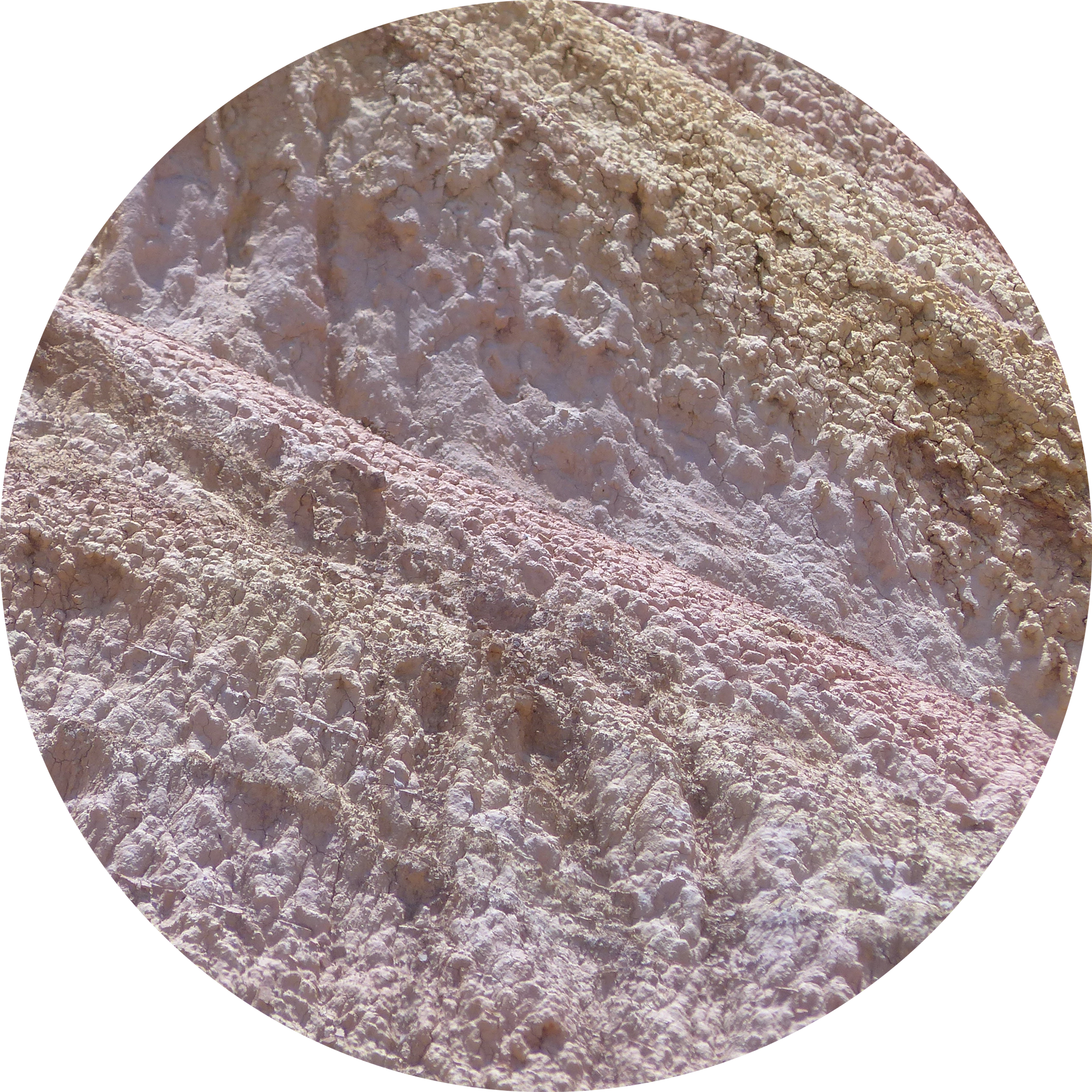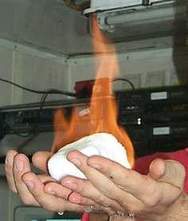Geology

 for a geophysicist there is no way around a profound knowledge in geology or oceanography!
for a geophysicist there is no way around a profound knowledge in geology or oceanography!
Geophysical imaging can only be as good as the conclusions we can draw about the imaged targets, which is mostly geology and to a lesser extent objects. A geophysicist therefore needs to acquire a deep background in geologic processes, structures and features to be able to recognize them in a seismic cross-section. This is the reason, why our research represents a particularly high diversity in topic and themes.
Also, we have decided in Bremen to design our education particularly in the master programs in an interdisciplinary way, and many lectures are jointly give by geophysicists and our colleagues from geology or mineralogy.
Examples of those modules are e.g. 'Sediment Structures of Shelves and Passive Margins', 'Sedimentary Structures of Active Margins', 'Marine Geotechnologies', 'Geophysics of Plates, Mantle and Margins', 'Continental Margin Resources', 'Hazard - Risk Assessment' or 'Renewable Energy in the Earth System'.
Another interdisciplinary work is related to the development of drilling proposals, where the seismic suvey is targeting particular sedimentary environments, which serve the goal of drilling.
A high integration of seismic and geologic work is necessary, when it comes to process understanding, such as summarized in themes like e.g. 'Gas Hydrates', 'Contourites', 'Mass Wasting', 'Geohazards' or 'Sequence Stratigraphy'.
